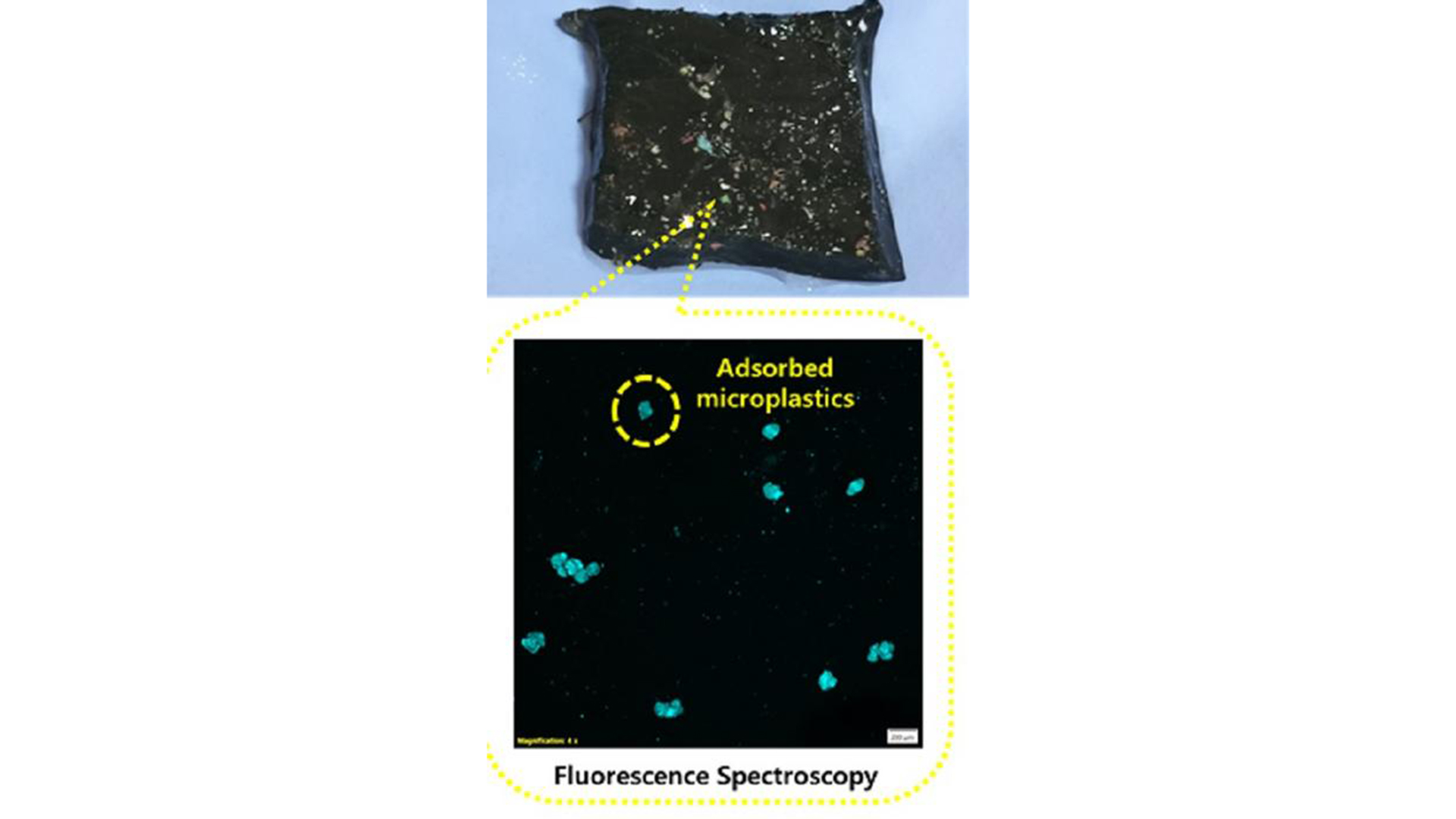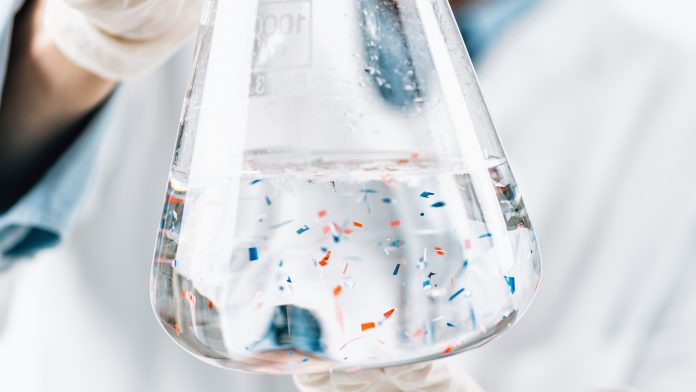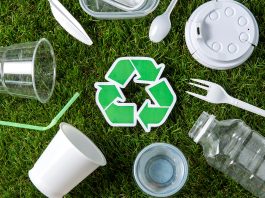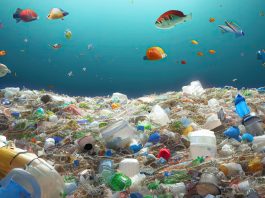Experts from the Indian Institute of Science (IISc) have developed an innovative hydrogel that removes microplastic pollution from water.
The novel hydrogel is comprised of an intertwined polymer network that binds to microplastic pollution and degrades them using UV light irradiation.
The development could prove instrumental in fighting the growing burden of microplastic pollution worldwide.
What is microplastic pollution, and why is it dangerous?
Microplastics are tiny plastic particles less than 5 millimetres in size, often resulting from the breakdown of larger plastic items or from the manufacturing of microbeads used in personal care products.
These particles are pervasive in the environment, found in oceans, rivers, soil, and even in the air we breathe. Their small size and widespread distribution make them difficult to manage and remove.
The dangers of microplastics stem from their ability to accumulate toxins and pollutants.
Due to their small size, they can be ingested by a wide range of organisms, from plankton to larger marine animals, and can enter the food chain, ultimately posing risks to human health.
Once ingested, microplastics can cause physical harm, blockages, and damage to internal organs in animals, leading to reduced growth rates, reproductive issues, and even death.
Moreover, microplastics can act as vectors for harmful bacteria and pathogens, exacerbating the spread of diseases among marine life.
Additionally, they have been found to absorb and concentrate pollutants such as heavy metals and persistent organic pollutants, further amplifying their toxicity.
Overall, the presence of microplastics in the environment poses significant ecological and health risks, highlighting the urgent need for effective strategies to reduce microplastic pollution and mitigate its impacts.
Hydrogel development
Previously, scientists attempted to tackle the issue of microplastic removal using filtering membranes.
However, these membranes often became clogged by the tiny particles, rendering them unsustainable.
To overcome this challenge, Suryasarathi Bose, a Professor at the Department of Materials Engineering at IISc, led a team that turned to 3D hydrogels as an alternative solution.
The team’s innovative hydrogel comprises three distinct polymer layers – chitosan, polyvinyl alcohol, and polyaniline – intricately intertwined to form an Interpenetrating Polymer Network (IPN) architecture.
Infusing this matrix with nanoclusters of a material known as copper substitute polyoxometalate (Cu-POM), the team introduced catalysts capable of utilising UV light to degrade microplastics.
This unique combination of polymers and nanoclusters yielded a robust hydrogel with the dual capability of adsorbing and degrading substantial quantities of microplastics.
Overcoming microplastic detection issues
Soumi Dutta, the first author of the study, highlighted common detection issues associated with microplastics: “Along with treatment or removal of microplastics, another major problem is detection. Because these are very small particles, you cannot see them with the naked eye.”
In order to address this challenge, the researchers incorporated a fluorescent dye into the microplastics. This dye served to monitor the extent to which the hydrogel adsorbed and degraded the microplastics across various conditions.
Dutta explained: “We checked the removal of microplastics at different pH levels of water, different temperatures, and different concentrations of microplastics.”

Exceptional hydrogel performance
The hydrogel demonstrated remarkable efficiency, effectively removing approximately 95% and 93% of two distinct microplastic types in water with near-neutral pH (∼6.5).
Additionally, the team conducted numerous durability tests to assess the material’s robustness. They discovered that the composite of the three polymers rendered it stable across a range of temperatures.
Looking ahead, the researchers intend to collaborate with partners to design a scalable device capable of widespread deployment for the purpose of mitigating microplastic pollution in diverse water sources.









